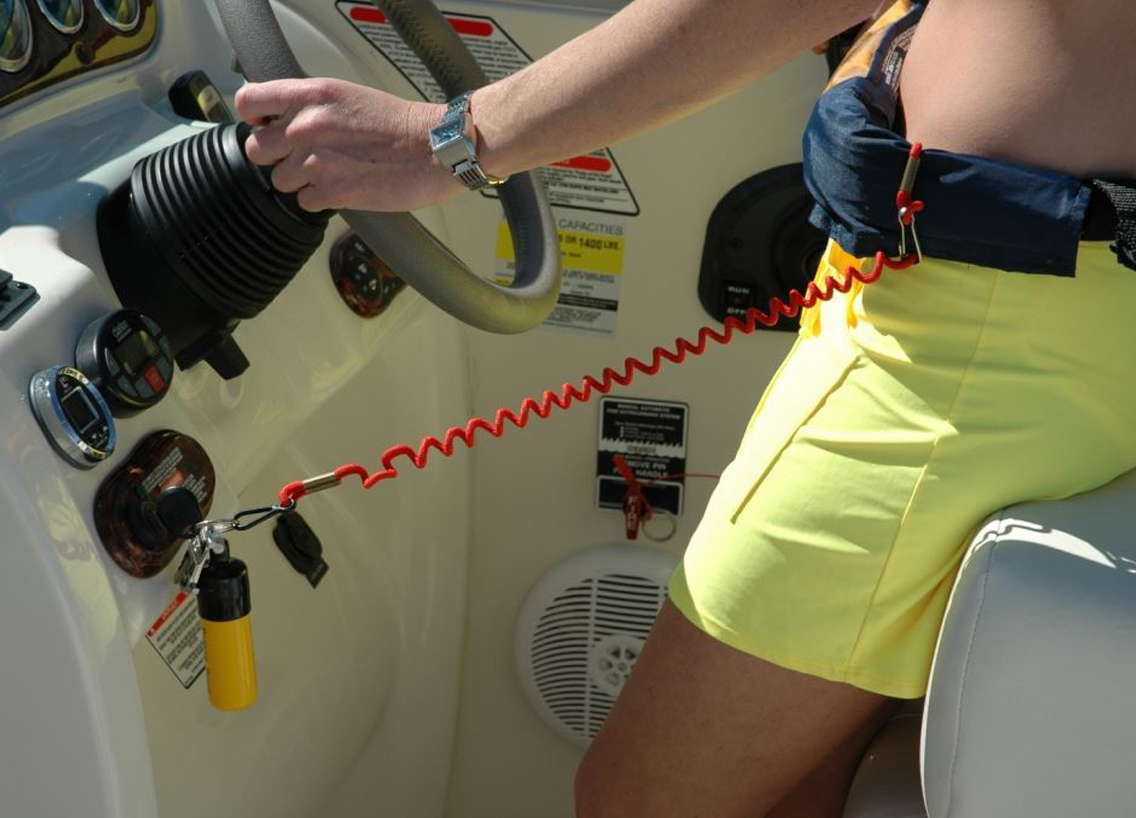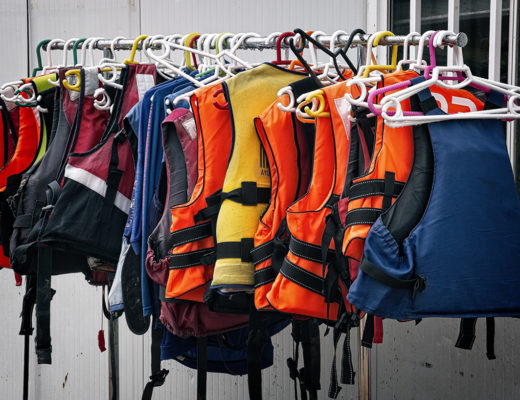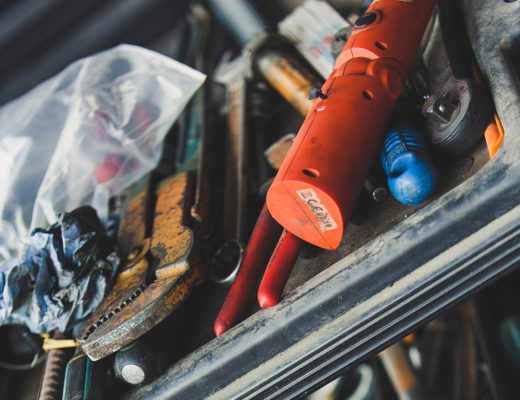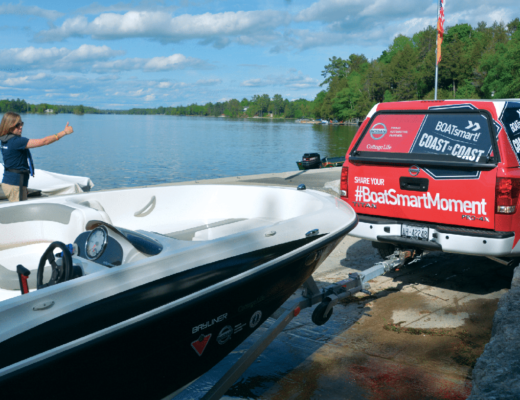We’ve talked about wearing a kill-switch, eliminating the possibility of being hit by a boat or PWC, or struck by a spinning engine propeller if the driver is ejected.
If the operator is thrown from the boat, the kill switch is unplugged, and the boat’s engine is disabled. We’ve had several questions come in regarding standard lanyard-style kill-switches that are available.
Here are a few tips for recreational boaters.
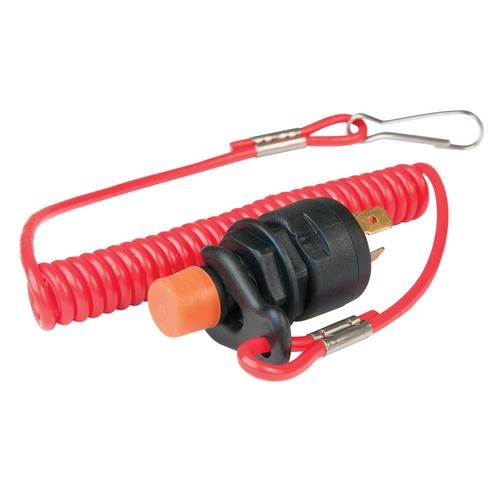
What Are Lanyard-Style Kill-Switches?
Most boaters will use the cost-effective (<$30) well-known lanyard-style kill switch.
It consists of a cord or lanyard attached to the helmsman (captain/driver) around their wrist or body. The other end is attached to a button/switch on the boat with a special clip.
How They Work
These lanyards have a special clip that must be engaged in the button/switch to allow the boat to start or continue operating from a “run” position.
It is important to note that the lanyard is attached to the helmsman (i.e., the boat operator). If they are thrown out of the boat, the kill switches do not allow for the “run” position. Therefore, the boat cannot be operated.
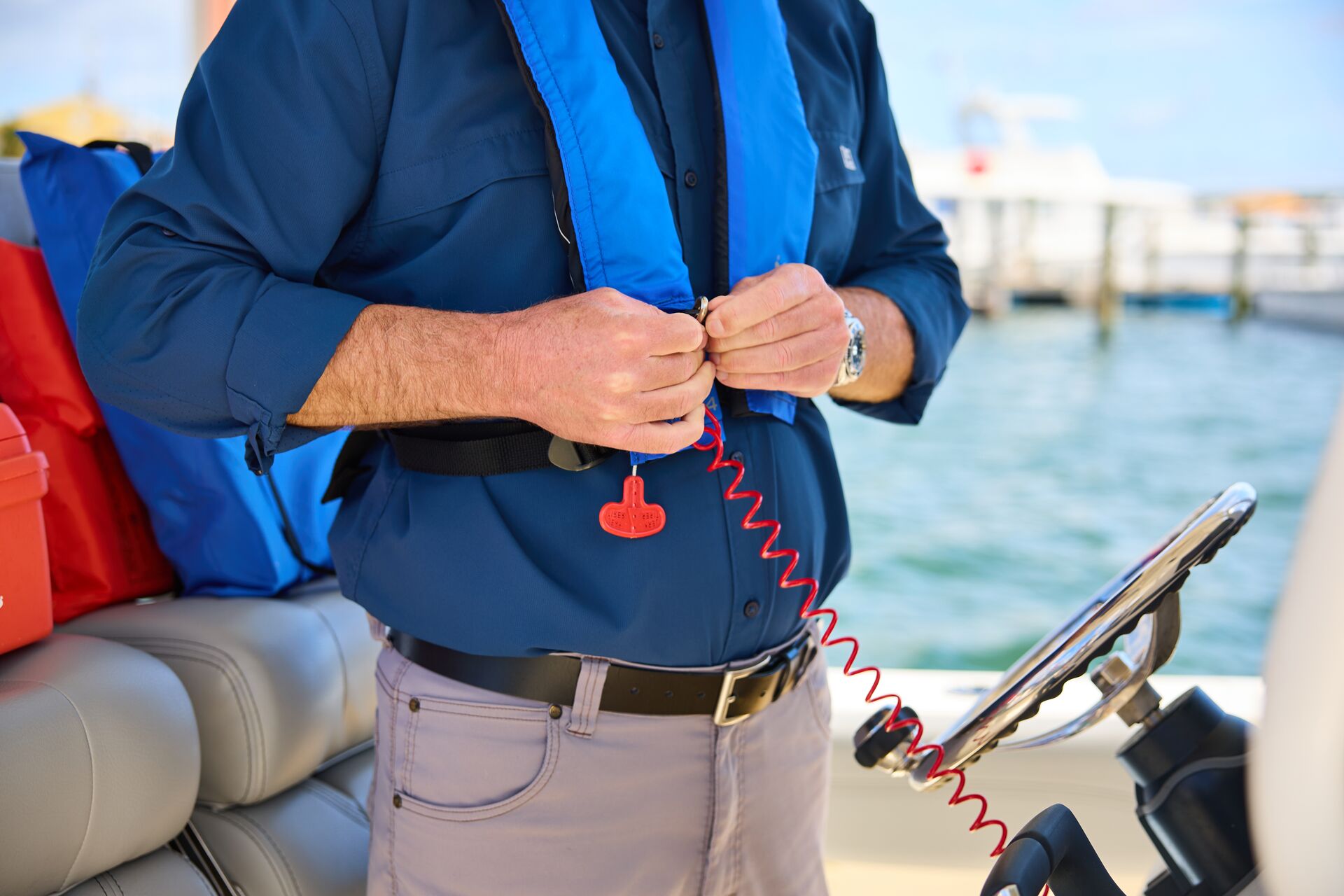
Tips and Best Practices
There are a several things to consider for safe boating with a lanyard-style kill switch. These include:
- Consider having an extra lanyard clip in the boat or installing a kill switch that allows for a manual override. This is important in an emergency, for example, retrieving your helmsman if they are ejected.
- If you have a kill switch installed, note that there are typically matched clips for each switch. Be sure to check compatibility if you are replacing your lanyard.
- Consider installing a floating key chain to your lanyard. It is cheap insurance to avoid being stranded if your lanyard falls into the water.
- If your boat does not have a kill-switch already installed, consider having it professionally installed.
Are There Alternatives to a Kill-Switch?
An alternative device growing in popularity is a wireless man-overboard alarm system, often more appropriate for larger boats and to provide a safeguard for a full crew. However, for smaller boats and a day on the lake, a lanyard kill switch is an excellent choice for safe boating.

Learn More About Safe Boating With BOATsmart!
Avoiding serious injury if the boat’s captain is thrown overboard is only one aspect of boating safely. Before operating a boat, it’s crucial to understand how to navigate waters (to avoid a boating accident), the safety equipment your boat needs, what to do if something goes wrong, and many more essentials.
Taking a fun and engaging online course through BOATsmart! is the best way to learn everything you need to know — and everything required by Canadian and U.S. state officials — to boat legally and safely.
So, before you leave the dock for a day on the water, make sure you’ve taken your course and passed the exam! In Canada, choose one of our province-approved courses. For boaters in the U.S., choose the course that applies to your state.
Originally published in April 2020. Content most recently reviewed and updated for recency and accuracy September 12, 2024.
